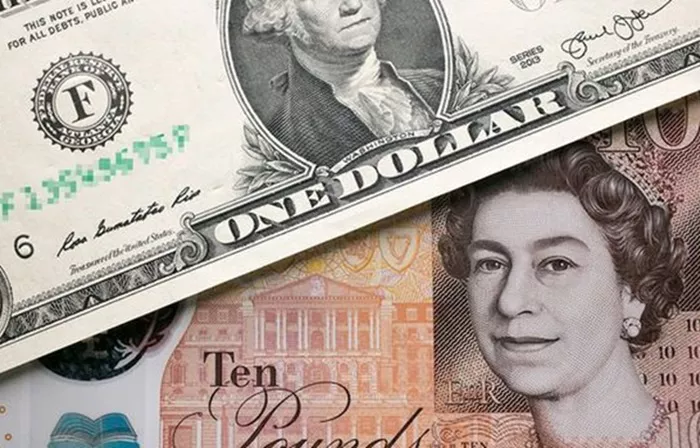The value of currencies fluctuates constantly due to a variety of factors, including economic conditions, market sentiment, and geopolitical events. For travelers, investors, and businesses dealing with international transactions, understanding these fluctuations is crucial. In this article, we’ll explore what 1 Australian Dollar (AUD) is worth in U.S. Dollars (USD), the factors influencing this exchange rate, and how you can stay updated with the latest currency values.
Current Exchange Rate Overview
As of the most recent data, 1 Australian Dollar (AUD) is approximately equivalent to 0.64 to 0.67 U.S. Dollars (USD). This means that if you are converting 1 AUD into USD, you would receive between 0.64 and 0.67 USD. Exchange rates can vary slightly depending on the source and the time of the transaction. For real-time rates, it is advisable to use financial news websites, currency converter tools, or consult with banks and currency exchange services.
Factors Influencing the AUD/USD Exchange Rate
Several factors contribute to the fluctuation of the AUD/USD exchange rate:
1. Economic Indicators
Economic indicators such as GDP growth, employment rates, and inflation play a significant role in determining the value of a currency. Strong economic performance in Australia or the U.S. can lead to a stronger currency. Conversely, economic challenges can weaken a currency.
Australian Economy: Factors such as Australia’s trade balance, commodity exports (especially iron ore and coal), and economic policies impact the Australian Dollar. For instance, a strong export sector can boost the AUD.
U.S. Economy: U.S. economic indicators, including interest rates set by the Federal Reserve, employment data, and economic growth, significantly influence the USD. Higher interest rates in the U.S. often lead to a stronger USD.
2. Interest Rates
Interest rates set by central banks, such as the Reserve Bank of Australia (RBA) and the U.S. Federal Reserve, affect currency values. Higher interest rates typically attract foreign investment, increasing demand for a currency and strengthening it.
Reserve Bank of Australia: Decisions made by the RBA regarding interest rates and monetary policy directly impact the AUD. A rate hike by the RBA can lead to a stronger AUD.
Federal Reserve: Similarly, the Federal Reserve’s monetary policy decisions and interest rate adjustments influence the USD. Higher rates in the U.S. tend to strengthen the USD relative to other currencies.
See also: How Many Us Dollars Is 1 Euro?
3. Commodity Prices
Australia is a major exporter of commodities such as iron ore, coal, and gold. The prices of these commodities on the global market affect the Australian Dollar. When commodity prices rise, the AUD often strengthens due to increased export revenue.
Commodity Exports: Changes in global demand for Australian commodities can impact the AUD. For example, a surge in iron ore prices can boost the AUD.
4. Geopolitical Events
Geopolitical events, including trade tensions, political instability, and international conflicts, can influence currency values. Uncertainty or instability in a country can lead to a weaker currency, while stability can strengthen it.
Trade Relations: Trade agreements and disputes between Australia and other countries, including the U.S., can affect the AUD/USD exchange rate. Trade tensions or favorable agreements can lead to fluctuations in the currency pair.
How to Stay Updated with Exchange Rates
For accurate and up-to-date exchange rates, consider the following methods:
1. Financial News Websites
Financial news websites such as Bloomberg, Reuters, and CNBC provide real-time exchange rate information and analysis. These platforms offer comprehensive coverage of global financial markets and currency movements.
2. Currency Converter Tools
Online currency converter tools and mobile apps provide instant conversions between currencies. Websites like XE, OANDA, and Google Finance offer user-friendly tools to check the latest exchange rates.
See also: How Much Is 0.0005 BTC In USD?
3. Bank and Exchange Services
Banks and currency exchange services offer exchange rate information and can provide the current rate when converting currencies. They may also offer online platforms for checking rates and making transactions.
4. Central Bank Publications
Central banks, such as the Reserve Bank of Australia and the U.S. Federal Reserve, publish reports and updates that can provide insights into factors influencing currency values and monetary policy decisions.
Conclusion
Understanding the exchange rate between the Australian Dollar (AUD) and the U.S. Dollar (USD) is essential for making informed decisions regarding travel, investments, and international business transactions. With current rates ranging from approximately 0.64 to 0.67 USD per AUD, it’s crucial to stay updated with real-time information and consider the factors influencing currency fluctuations. By utilizing financial news sources, currency converter tools, and bank services, you can effectively manage your currency exchanges and make informed financial decisions.
Related Topics:

